
In keeping with my goal of finishing one course per month from the University of Georgia Self-Paced CFP education program, I wrapped up the first course “Fundamentals of Financial Planning” in February (barely). Here were the topics covered (source):
- The Personal Financial Planning Process
- Economic Concepts and Consumer Protection Laws
- Personal Financial Statements
- Managing Cash Flow and Debt
- Using the HP-12C Calculator
- Using the HP-10bII Calculator
- Educational Savings Techniques
- Educational Aid and Funding Calculation
- Regulation of Financial Planners
- CFP Board Regulatory Requirements
I previously covered the official 7-Step Financial Planning Process in Notes #1, which was enlightening. I ended up spending the most time overall on the HP-12C calculator section, as it took several reps to learn and memorize how to use all of the specialized buttons for the financial calculator.
I personally didn’t learn much new in the Educational Savings and Aid sections, given my previous research as a parent and owner of multiple 529 plans. It did provide a good generic overview for those that haven’t gone down that rabbit hole.
In terms of new practical information, I again found it helpful when they showed me the perspective of practicing advisors. The course wisely warns potential CFPs of the most common mistakes that have resulted in negligence lawsuits…
- Failure to address risk of disability.
- Failure to address risk of property loss and attached liability.
- Failure to timely process a client’s deposit check, resulting in the loss of potential investment gains.
- Recommending unsuitable investments.
- Recommending only those products which result in high fees to the planner.
- Failure to adequately educate the client regarding investment risks, costs, and benefits.
- Charging fees that were not first disclosed and agreed upon with the client.
- Failure to monitor investments on the schedule agreed upon in the engagement letter.
In turn, these items can be flipped to create a checklist for the individual client:
- Do you have adequate disability insurance?
- Do you have adequate homeowners/rental/landlord insurance, car/boat/vehicle insurance, umbrella liability insurance?
- After sending in money, did you follow-up to confirm that your funds were deposited and invested as promised?
- Do you feel that you fully understand the investments made on your behalf? Do you understand why they are better than other alternatives?
- Did you receive a clear list of all the fees charged?
- Are you receiving updates that your investments being monitored as promised?
Photo by Reba Spike on Unsplash

 Updated for 2024. Since these are available every 12 months, it is a good idea to check these near or around the same time each year. A lot of companies make their money by collecting and selling data – your personal data. It can be critical to know what they are telling prospective lenders, landlords, even employers about you. Under the FCRA and/or FACT Act, many consumer reporting agencies (CRAs) are now legally required to send you a free copy of your report every 12 months, as well as provide a way to dispute incorrect information.
Updated for 2024. Since these are available every 12 months, it is a good idea to check these near or around the same time each year. A lot of companies make their money by collecting and selling data – your personal data. It can be critical to know what they are telling prospective lenders, landlords, even employers about you. Under the FCRA and/or FACT Act, many consumer reporting agencies (CRAs) are now legally required to send you a free copy of your report every 12 months, as well as provide a way to dispute incorrect information. 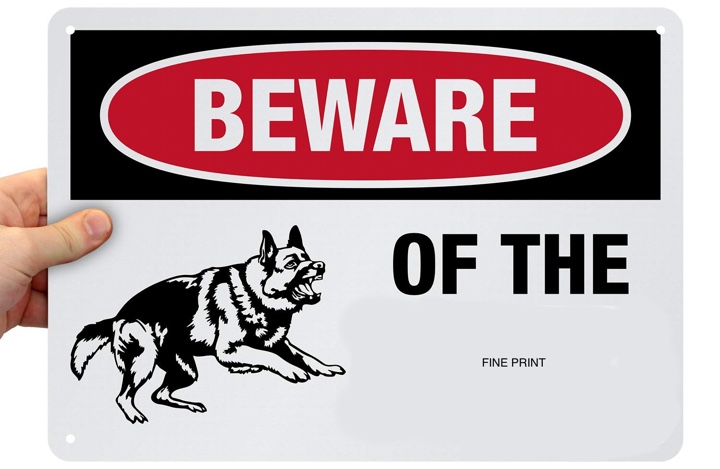
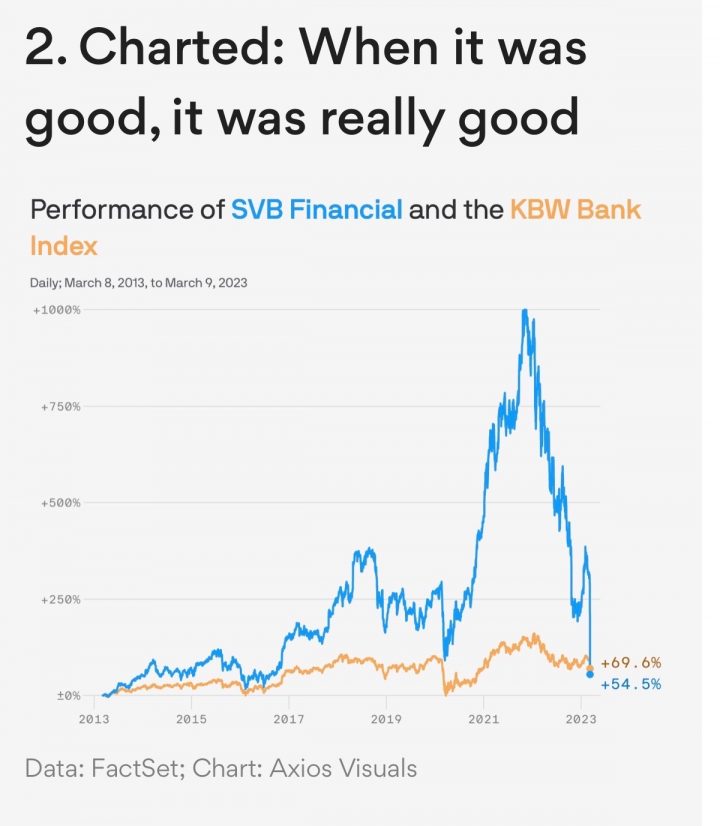
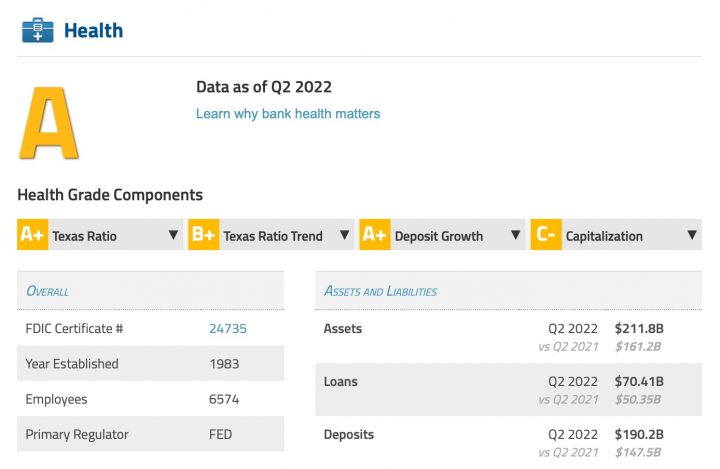
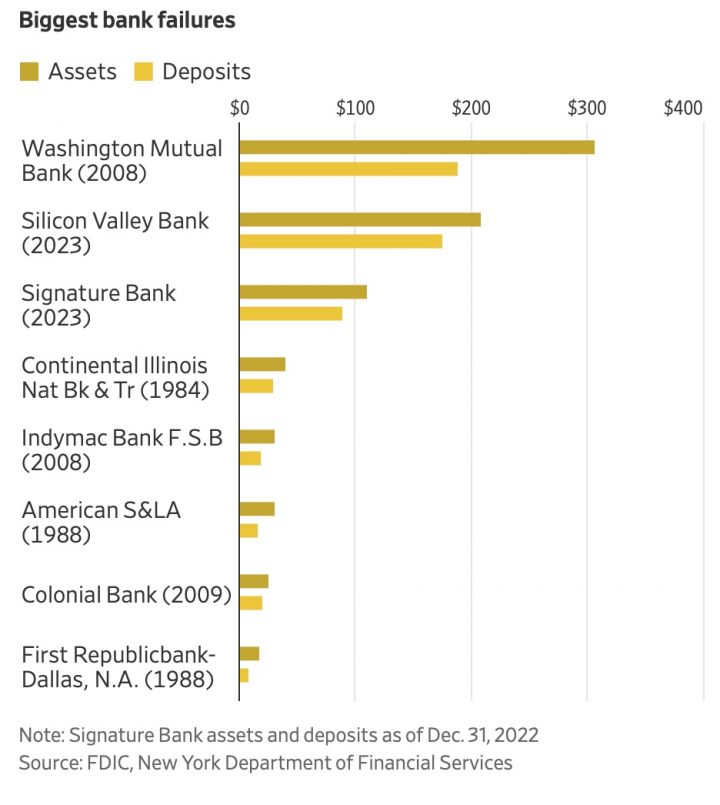
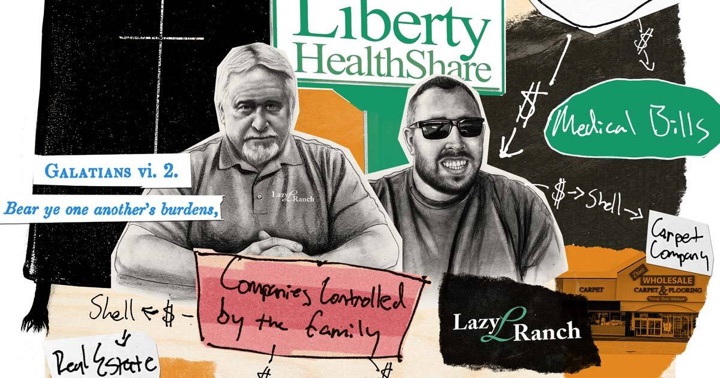
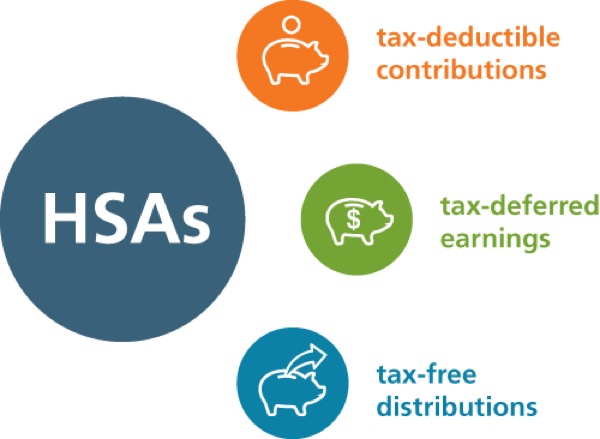
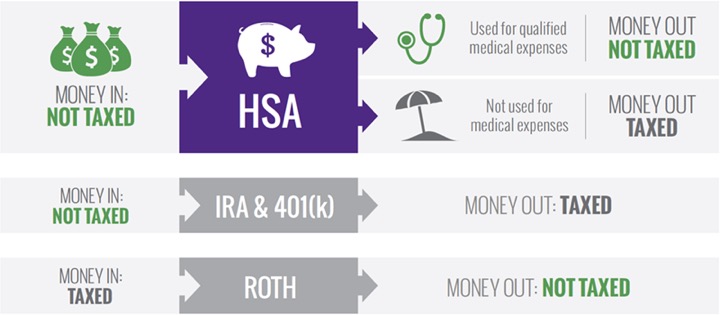
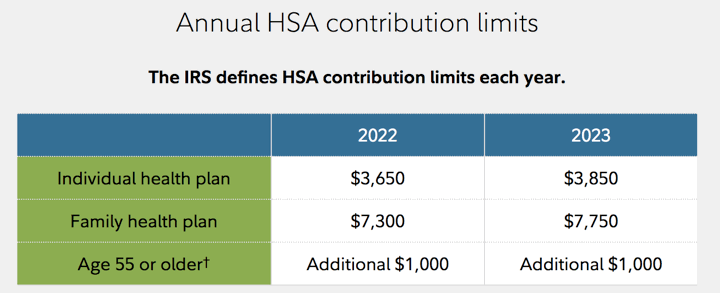
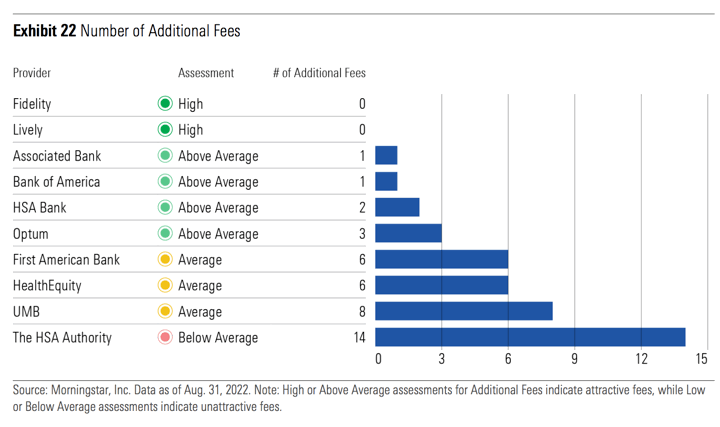
 Everyone loves a 100% money-back guarantee. A popular option on insurance policies is the “Return of Premium” rider. Let’s say you buy a $1,000,000 term life insurance for 30 years at $1,000 a year. At the end of 30 years, if you’re still alive, the insurance policy will no longer pay you the $1,000,000 if you die, but it will return all the premium you paid ($30,000). In your mind, you could think of it as “no risk” because you’ll get your $30,000 back no matter what!
Everyone loves a 100% money-back guarantee. A popular option on insurance policies is the “Return of Premium” rider. Let’s say you buy a $1,000,000 term life insurance for 30 years at $1,000 a year. At the end of 30 years, if you’re still alive, the insurance policy will no longer pay you the $1,000,000 if you die, but it will return all the premium you paid ($30,000). In your mind, you could think of it as “no risk” because you’ll get your $30,000 back no matter what!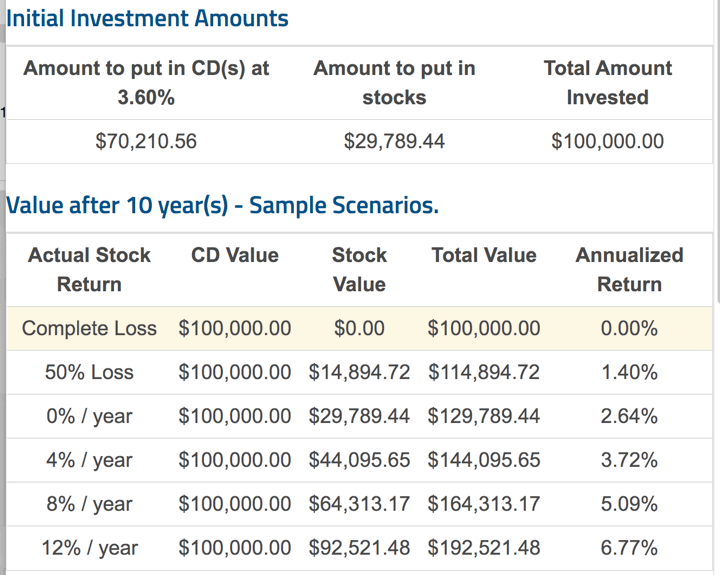
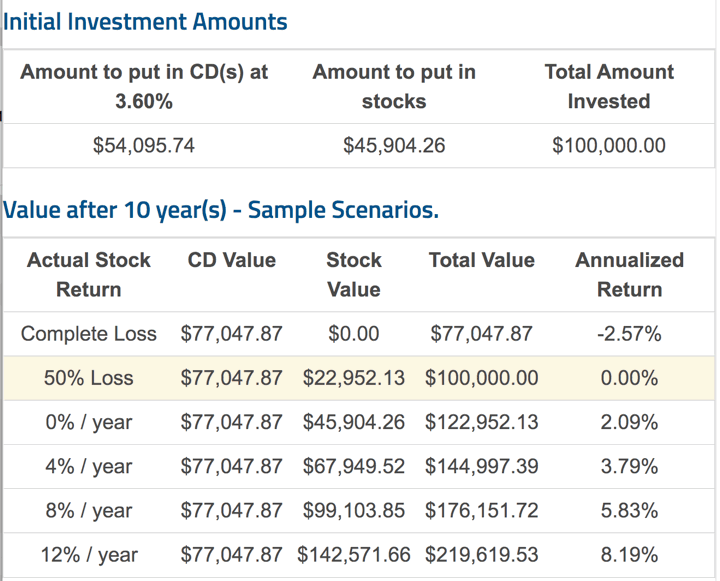
 Inflation (and thus I Bonds) 🚀🚀🚀! Savings I Bonds are a unique, low-risk investment backed by the US Treasury that pay out a variable interest rate linked to inflation. With a holding period from 12 months to 30 years, you could own them as an alternative to bank certificates of deposit (they are liquid after 12 months) or bonds in your portfolio.
Inflation (and thus I Bonds) 🚀🚀🚀! Savings I Bonds are a unique, low-risk investment backed by the US Treasury that pay out a variable interest rate linked to inflation. With a holding period from 12 months to 30 years, you could own them as an alternative to bank certificates of deposit (they are liquid after 12 months) or bonds in your portfolio. 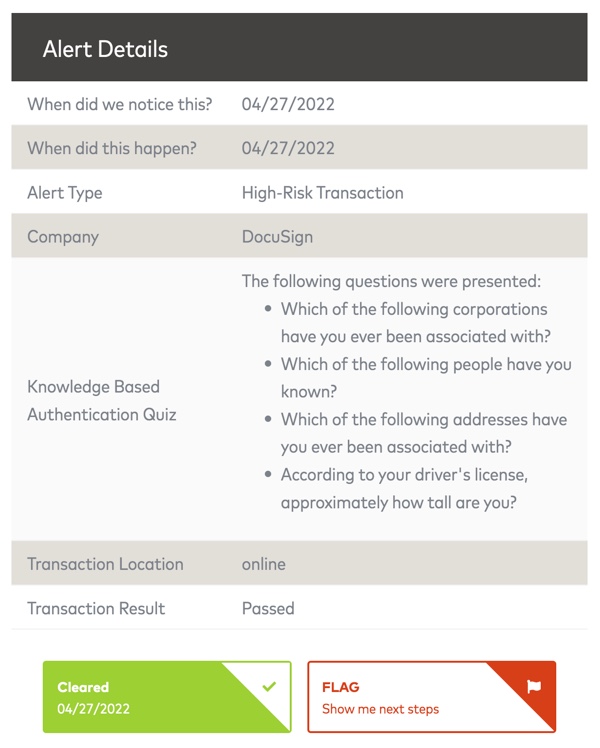
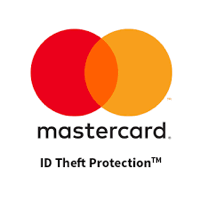 Data breaches are scary fact of life these days. If you have a Mastercard, did you know that they offer a
Data breaches are scary fact of life these days. If you have a Mastercard, did you know that they offer a  My current commute/workout/kid taxi listening is old Berkshire Hathaway shareholder meetings after finding them in
My current commute/workout/kid taxi listening is old Berkshire Hathaway shareholder meetings after finding them in 

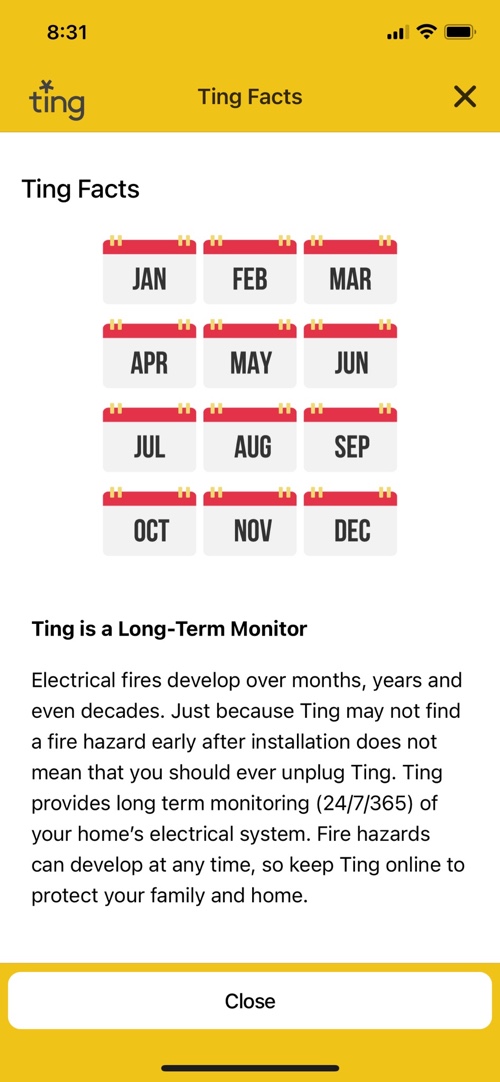
 The Best Credit Card Bonus Offers – March 2024
The Best Credit Card Bonus Offers – March 2024 Big List of Free Stocks from Brokerage Apps
Big List of Free Stocks from Brokerage Apps Best Interest Rates on Cash - March 2024
Best Interest Rates on Cash - March 2024 Free Credit Scores x 3 + Free Credit Monitoring
Free Credit Scores x 3 + Free Credit Monitoring Best No Fee 0% APR Balance Transfer Offers
Best No Fee 0% APR Balance Transfer Offers Little-Known Cellular Data Plans That Can Save Big Money
Little-Known Cellular Data Plans That Can Save Big Money How To Haggle Your Cable or Direct TV Bill
How To Haggle Your Cable or Direct TV Bill Big List of Free Consumer Data Reports (Credit, Rent, Work)
Big List of Free Consumer Data Reports (Credit, Rent, Work)